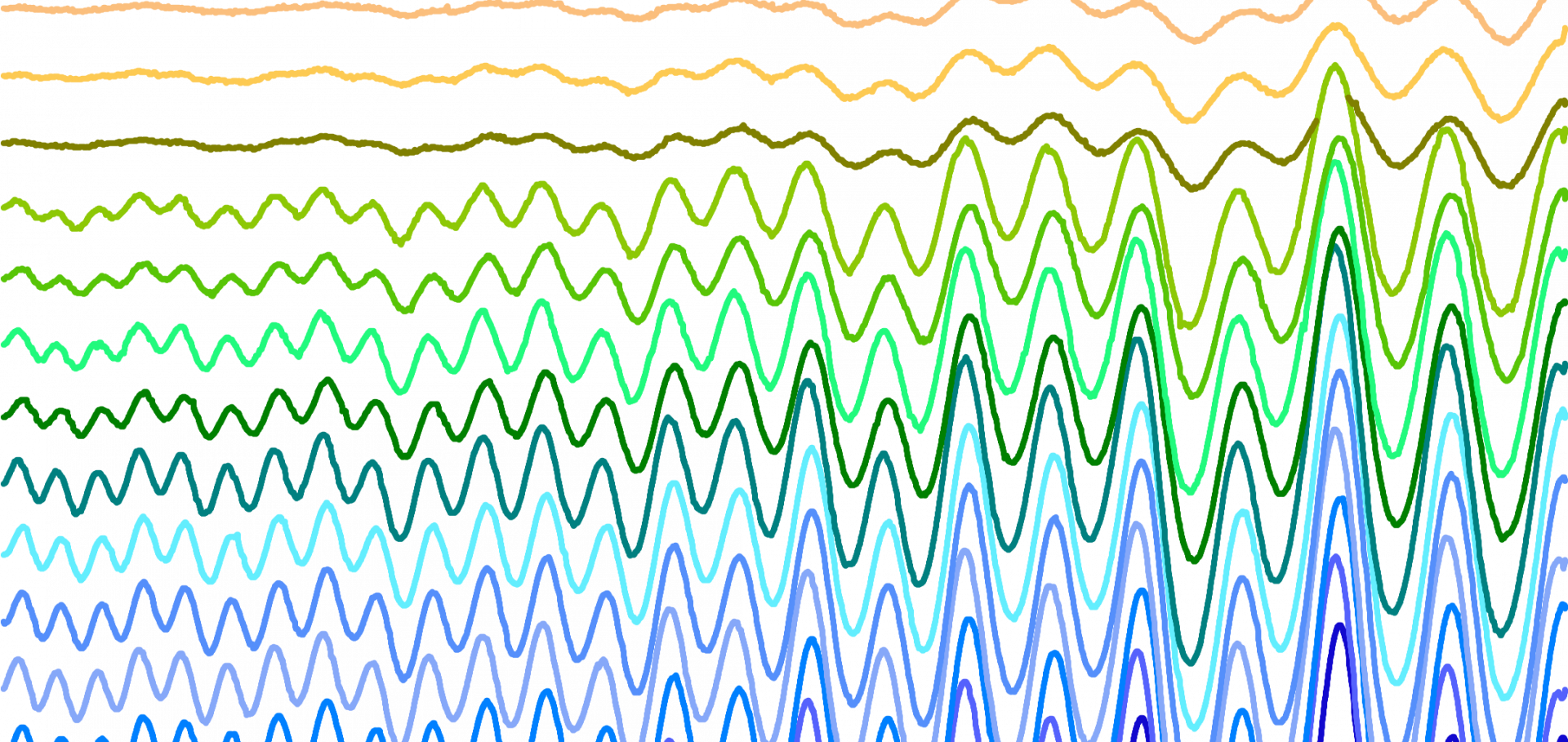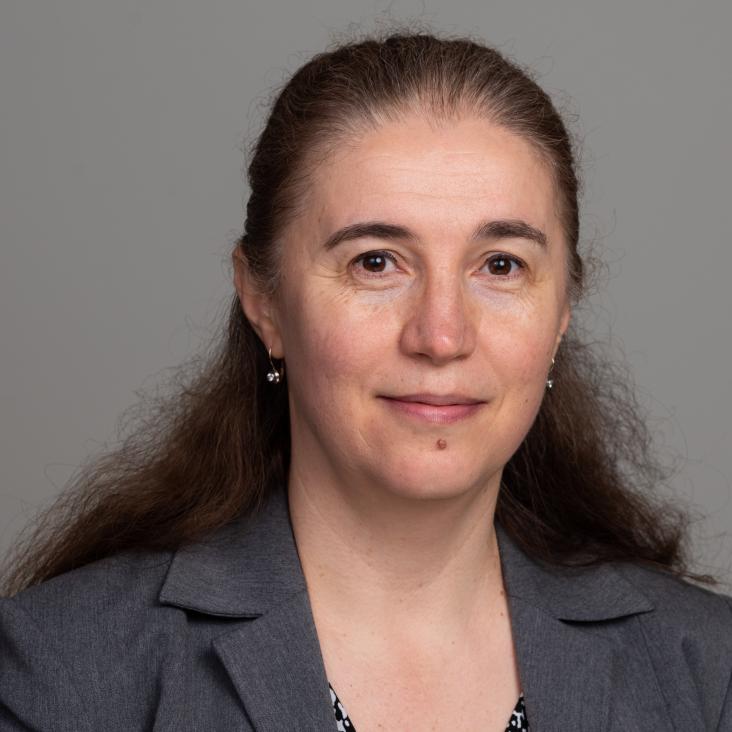The key ingredients of the electronic structure of FeSe
Annual Reviews of Condensed Matter Physics, Vol. 9, 125-146, 2018 (2018)
Abstract:
FeSe is a fascinating superconducting material at the frontier of research in condensed matter physics. Here we provide an overview on the current understanding of the electronic structure of FeSe, focusing in particular on its low energy electronic structure as determined from angular resolved photoemission spectroscopy, quantum oscillations and magnetotransport measurements of single crystal samples. We discuss the unique place of FeSe amongst iron-based superconductors, being a multi-band system exhibiting strong orbitally-dependent electronic correlations and unusually small Fermi surfaces, prone to different electronic instabilities. We pay particular attention to the evolution of the electronic structure which accompanies the tetragonal-orthorhombic structural distortion of the lattice around 90 K, which stabilizes a unique nematic electronic state. Finally, we discuss how the multi-band multi-orbital nematic electronic structure has an impact on the understanding of the superconductivity, and show that the tunability of the nematic state with chemical and physical pressure will help to disentangle the role of different competing interactions relevant for enhancing superconductivity.Multi-band magnetotransport in exfoliated thin films of CuxBi2Se3
Journal of Physics: Condensed Matter Institute of Physics Publishing (2018)
Abstract:
We report magnetotransport studies in thin (<100nm) exfoliated films of Cu<sub>x</sub>Bi<sub>2</sub>Se<sub>3</sub> and we detect an unusual electronic transition at low temperatures. Bulk crystals show weak superconductivity with T<sub>c</sub>∽3.5K and a possible electronic phase transition around 200K. Following exfoliation, superconductivity is supressed and a strongly temperature dependent multi-band conductivity is observed for T<30K. This transition between competing conducting channels may be enhanced due to the presence of electronic ordering, and could be affected by the presence of an effective internal stress due to Cu intercalation. By fitting to the weak antilocalisation conductivity correction at low magnetic fields we confirm that the low temperature regime maintains a quantum phase coherence length L<sub>φ</sub> > 100nm indicating the presence of topologically protected surface states.Magnetotransport CuxBi2Se3
University of Oxford (2018)
Abstract:
These data were created by recording the transport behaviour on thin flakes devices at low temperatures and in magnetic field. These are all DAT files easily readableQuantum oscillations in the nematic superconductors FeSe1-xSx
University of Oxford (2018)
Abstract:
These are the Raw data used to generate the figures related to the publication: "Evolution of the Fermi surface of the nematic superconductors FeSe1-xSx" by A. I. Coldea et al.Ultra-high critical current densities, the vortex phase diagram and the effect of granularity of the stoichiometric high-T c superconductor, CaKFe4As4
University of Oxford (2018)


